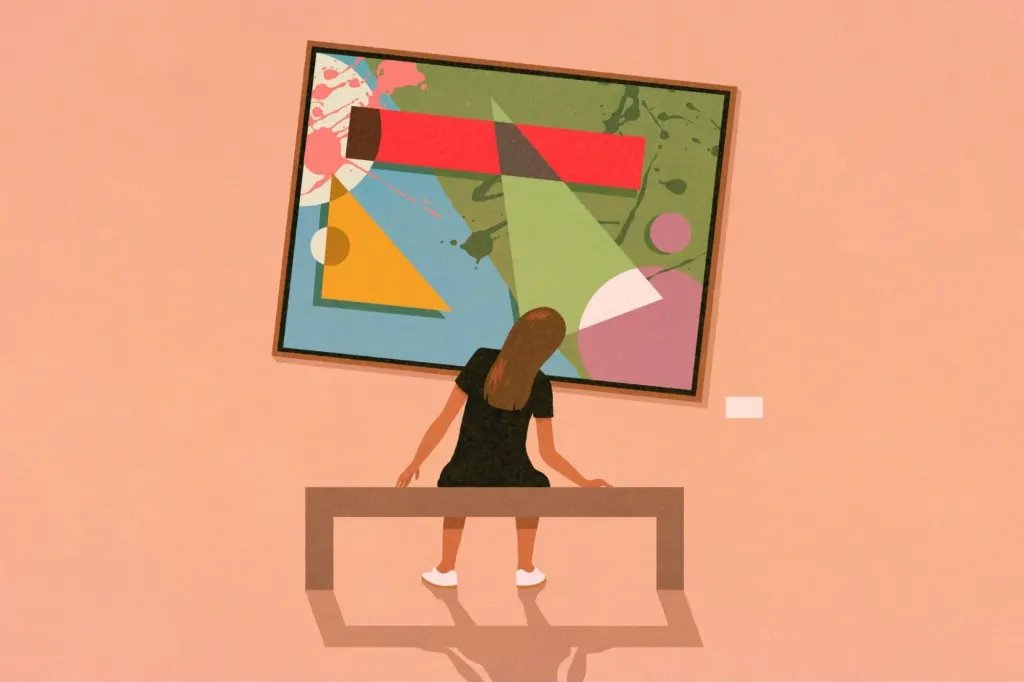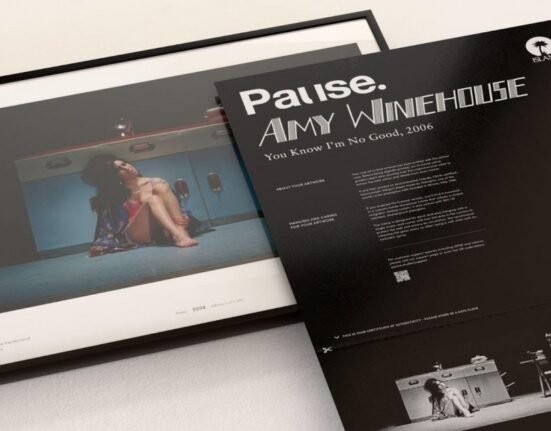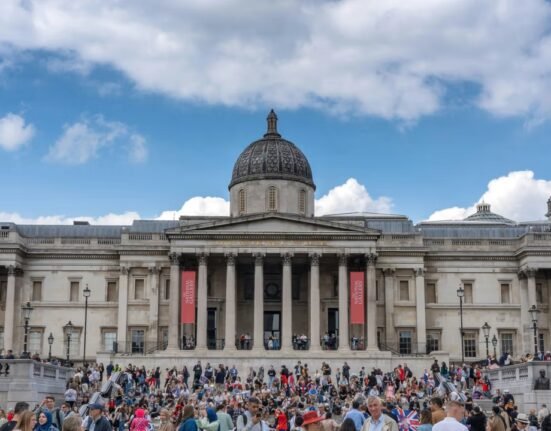Opinions expressed by Entrepreneur contributors are their own.
Key Takeaways
- Art is a stable alternative asset that can diversify and strengthen portfolios.
- Define goals, research markets and set a budget before making art investments.
- Long-term, strategic collecting blends personal fulfillment with meaningful financial appreciation potential.
Picasso, Monet, Rembrandt — for the average person, these names conjure images of stunning paintings hung in prestigious art galleries around the world. What they aren’t immediately associated with, however, is an attractive investment opportunity.
And yet fine art has been an appealing asset class for centuries. In fact, since art generally holds its value regardless of market conditions, it’s considered a safe haven during economic crises.
Wealth management professionals across the world are increasingly valuing art as an investment. In its 2021 Art and Finance Report, Deloitte found that the financial consideration of art collecting has become more and more important over the last 10 years.
Bringing creativity into every corner of my businesses has always been a priority, and that same spirit has deepened my love for art investing. Not only has art collecting been a source of healing and inspiration for me, it’s bloomed into something much bigger that’ll serve my family for generations.
If you’re considering diversifying your portfolio, art is a great alternative investment. But while I’ve learned that art investment is a wise move and personally fulfilling, it can be an intimidating world to step into. So, where exactly do you begin?
Related: Is Art an Asset Class? Here’s What You Need to Know Before You Buy
Research your chosen market
To start, research the art market and its performance in recent years on a broad scale. The 2025 UBS Global Art Market Report showed that the number of transactions taking place in the global art market grew by 3% to $40.5 million.
The difference between emerging, established and blue-chip artists is also crucial to understanding the market. Emerging artists are up-and-coming creatives with the highest chances of surging in popularity as time goes on.
Established artists are recognized for their talents on both the national and international scale. Collectors prize works by these artists. Finally, blue-chip artists are household names such as Banksy and Salvador Dalí. The highest prices on the market come from works by these legacy artists.
Once you’ve gotten your bearings on the general art market, start researching specific niches that interest you. The possibilities are nearly endless: contemporary, street art, photography, sculpture and more.
While developing my collection, I’ve found that having both a broad understanding of the art world helps me navigate the investment process more confidently. It also guides my decisions to ensure my collection remains relevant in the long term.
Lay out your goals
Next, consider what you want out of an art investment. If it’s a purely financial endeavor, the emotional aspect of an art piece will play a secondary role to its return on investment. You may likely lean toward established or emerging artists with proven traction. If your art collection is mainly driven by personal fulfilment, a strong emotional connection to the pieces is the top priority.
Your goals may be a mixture of both options. Many art collectors — including myself — have found this to be the case. My key strategy is to buy what I love, but always after doing my homework. Because I’ve clearly defined my goals, identifying impulse buys that aren’t aligned with my investment objectives has been easier.
Take your time making investments in art. There is zero pressure to start building your collection right away. As you study the market, reach out to others for helpful perspectives along the way. Having a solid foundation allows you to bring home artwork with peace of mind.
Related: For the Ultra-Rich, Investing Isn’t About Money. It’s Also About Meaning — Here’s Why.
Define a budget
Your budget should reflect your overall investment goals. If you already have the means, investing in blue-chip art can be an excellent choice. As a matter of fact, high-value art has outperformed the S&P by 15% for the past 30 years. While it comes with a hefty price tag in the millions of dollars, your investment will almost certainly increase significantly in value.
However, I’ve found that some of the most exciting investments can be pieces from emerging artists. Their price points are more accessible and have the potential to skyrocket in value as the artist becomes well-known.
Your budget may also guide the format of art you collect. With a lower budget, you can invest in works that are physically smaller or prints by established artists. At higher price points, investing in larger, original works is also an option.
Think long term
Investing in art means approaching it with a strategic mindset. Paintings are often held for years before being sold, with a general guideline being the five-year rule. Many hold on to their pieces even longer, knowing that the art market typically experiences major cycles every 7-10 years.
You should also consider how your collection could appreciate beyond finances. Could it acquire cultural and historical value? In 50 years, could the work still hold meaning? The answers are clearer when you choose works that resonate with you personally.
If you’re looking to go deeper with business investments, artwork makes for a unique added asset. Aesthetic value aside, investing in art can expand a company’s portfolio and provide a hedge against market shifts. It also elevates a sophisticated brand image, fosters workplace creativity and strengthens public identity.
A rewarding investment choice
Entering the art investment world is a choice that can be extremely rewarding. Global and niche art markets are growing and changing all the time, presenting plenty of opportunities to expand your financial investments and find personal satisfaction.
Once I started collecting, I realized that it’s not only about collecting pieces I love: art stirs the soul while growing in financial value. As you begin your journey into the art investment world, know that, with proper knowledge and research, you are on the brink of building a collection with lasting value.
Key Takeaways
- Art is a stable alternative asset that can diversify and strengthen portfolios.
- Define goals, research markets and set a budget before making art investments.
- Long-term, strategic collecting blends personal fulfillment with meaningful financial appreciation potential.
Picasso, Monet, Rembrandt — for the average person, these names conjure images of stunning paintings hung in prestigious art galleries around the world. What they aren’t immediately associated with, however, is an attractive investment opportunity.
And yet fine art has been an appealing asset class for centuries. In fact, since art generally holds its value regardless of market conditions, it’s considered a safe haven during economic crises.
The rest of this article is locked.
Join Entrepreneur+ today for access.







